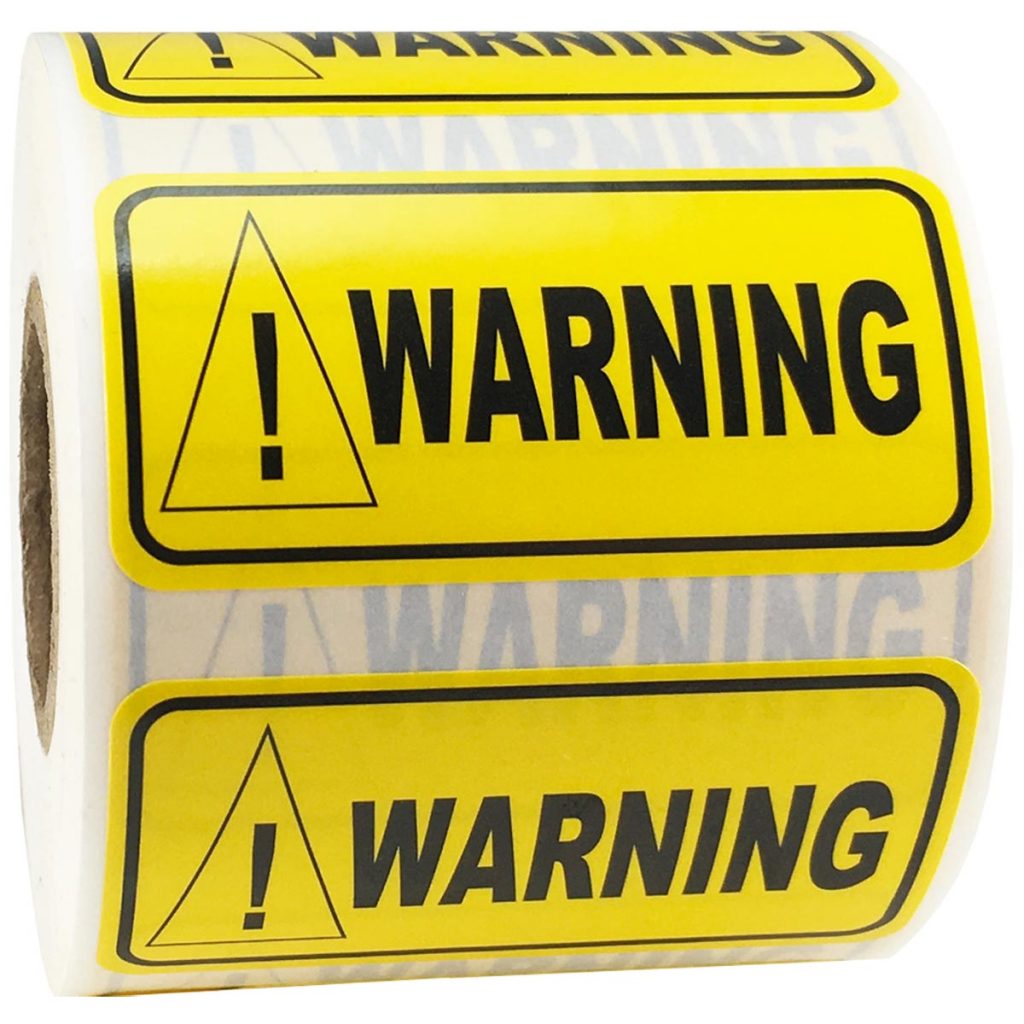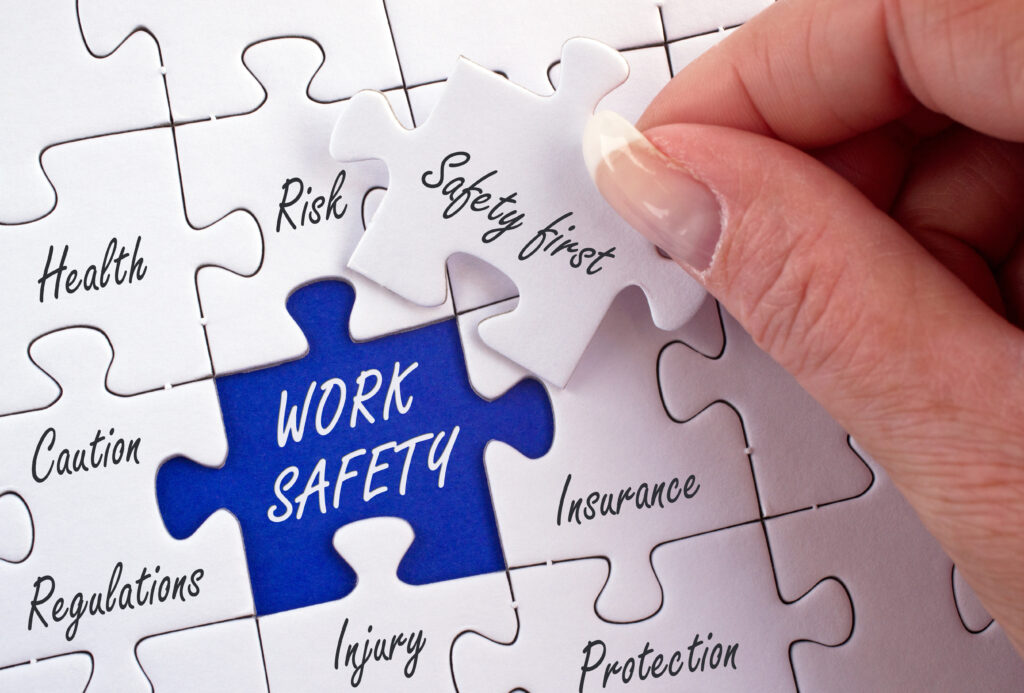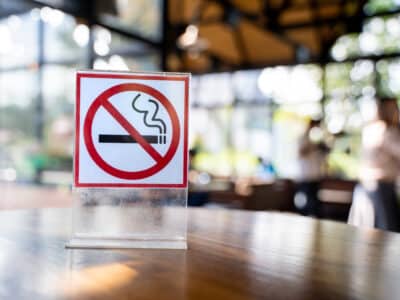How to Use Warning Labels for Improved Workplace Safety
In any workplace, safety is a top priority. From factories and warehouses to offices and labs, identifying potential hazards is essential to protect employees and maintain a productive environment. One of the simplest yet most effective tools for this purpose is warning labels.
Warning labels serve as a visual cue to alert employees to possible dangers, providing clear instructions on how to stay safe.
When used correctly, these labels can reduce the risk of accidents, improve compliance with safety regulations, and create a more secure workplace. In this guide, we’ll explore how to use warning labels to improve workplace safety and ensure that employees are aware of and protected from potential hazards.
1. Understand the Types of Warning Labels
Warning labels are not one-size-fits-all. Different labels serve different purposes and alert employees to different levels of hazards. Understanding these categories helps you select the right label for each situation.
Key Types of Warning Labels:

Danger Labels: These labels indicate an immediate threat that could result in serious injury or death. They are typically red and are reserved for the most hazardous situations, like high-voltage equipment or toxic chemicals.
Warning Labels: These labels signal a potential hazard that could cause injury but may not be immediately life-threatening. Often orange, these labels are used for moderate risks such as pinch points, moving machinery, or slip hazards.
Caution Labels: Used for lower-level hazards that still require awareness, caution labels are generally yellow. They’re ideal for warning employees of slippery floors, low ceilings, or minor equipment risks.
Notice Labels: Notice labels provide general information or instructions rather than warnings. While they don’t indicate immediate danger, they’re helpful for safety protocols like “Eye Protection Required” or “Authorized Personnel Only.”
Pro Tip:
Use labels that conform to OSHA standards, such as ANSI Z535, which sets guidelines for color and design. This helps ensure labels are easily recognizable and compliant with safety regulations.
2. Place Labels Strategically for Maximum Visibility

Warning labels are only effective if employees can see and read them. Poorly placed labels can go unnoticed, especially in high-traffic areas or on equipment that is frequently moved. Strategically place warning labels where they’re most visible and relevant.
Placement Tips:
Directly on Equipment or Machinery: Place labels on or near the specific piece of equipment that poses a risk. For example, put a “High Voltage” label directly on electrical panels.
At Eye Level: In areas where employees might walk by, place labels at eye level for maximum visibility. This helps ensure that people don’t overlook important warnings.
Entrance Points to Hazardous Areas: For rooms or sections with specific risks, place warning labels at entry points. Labels like “Hard Hat Area” or “Restricted Access” should be the first thing employees see before entering a hazardous space.
Pro Tip:
If you have mobile or portable equipment, make sure warning labels are securely attached and positioned to remain visible, even when the equipment is in use or being transported.
3. Use Clear and Concise Language
Clarity is crucial when it comes to warning labels. Avoid technical jargon or complex sentences, and use simple, direct language that’s easy to understand at a glance. Employees should be able to instantly recognize the hazard and know how to respond.
Tips for Effective Label Text:
Use Actionable Words: Words like “Avoid,” “Wear,” “Do Not Touch,” or “Keep Out” make the message clear and easy to follow.
Avoid Excessive Text: Limit the amount of text on each label to avoid overcrowding. Stick to essential information like the hazard type, risk level, and required action.
Include Symbols or Icons: Pairing text with symbols or pictograms, like a skull for toxic chemicals or a lightning bolt for electrical hazards, enhances the label’s readability and reinforces the message.
Pro Tip:
For workplaces with multilingual employees, consider using bilingual labels or labels that rely heavily on universally recognized symbols to ensure everyone understands the warning.
4. Use Durable, Long-Lasting Labels
Workplace environments can be harsh, with exposure to chemicals, moisture, dust, and physical wear. Ensure your warning labels are made from durable materials that can withstand these conditions, so they stay effective over time.
Choosing the Right Materials:
Vinyl or Polyester Labels: These materials are highly durable, water-resistant, and can withstand exposure to chemicals and UV rays, making them suitable for outdoor or industrial environments.
Laminated Labels: Laminated labels have a protective layer that prevents smudging, fading, and scratches, ensuring the text remains legible over time.
Removable vs. Permanent Adhesives: For long-term hazards, use permanent adhesive labels that won’t peel off. For temporary hazards or seasonal equipment, choose labels with removable adhesives that won’t leave residue.
Pro Tip:
Conduct regular inspections of all warning labels in the workplace. If labels show signs of fading, peeling, or damage, replace them immediately to maintain safety standards.
5. Train Employees on the Importance of Warning Labels
While warning labels provide vital information, they are only one part of a comprehensive safety program. Employees need to be trained to recognize and respond to these labels properly. Regular safety training ensures that everyone understands the importance of warning labels and knows how to act when they see one.
Training Tips:
Include Label Education in Safety Training: Make sure employees are familiar with different types of labels (Danger, Warning, Caution, Notice) and what each one signifies.
Conduct Safety Walkthroughs: Periodically walk through the workplace with employees, pointing out key warning labels and discussing the associated hazards. This reinforces awareness and helps employees remember safety protocols.
Update Training as Labels Change: If you introduce new labels or change existing ones, include these updates in employee training sessions to keep everyone on the same page.
Pro Tip:
Encourage employees to report damaged or missing labels. Make it part of your safety culture that noticing and addressing label issues is everyone’s responsibility.
6. Regularly Inspect and Update Labels
Workplace conditions can change over time, and so can the risks associated with certain areas or equipment. Periodically inspecting and updating warning labels ensures they stay relevant and effective, and helps prevent employees from becoming complacent about safety.
Inspection and Update Tips:
Schedule Routine Inspections: Make it a standard procedure to inspect all warning labels regularly, especially in high-risk areas. Look for labels that are damaged, faded, or no longer accurate.
Update Labels When Equipment or Procedures Change: If machinery is upgraded, relocated, or repurposed, update the warning labels accordingly to reflect any new hazards.
Document Changes: Keep records of when and where warning labels are updated. This documentation can be valuable for safety audits and compliance with OSHA standards.
Pro Tip:
Use a checklist to track the status of warning labels across the workplace, noting any that need replacement or updating. This helps you maintain a consistent and safe labeling system.
Wrapping It Up: The Power of Warning Labels for Workplace Safety
Warning labels play a critical role in workplace safety by providing clear, accessible information about potential hazards.
By choosing the right labels, placing them strategically, using durable materials, and training employees to understand their significance, you create a safer work environment for everyone.
Regularly inspect and update labels to ensure they’re accurate and effective, and make safety a priority by integrating warning labels into your workplace culture.
If you are in need of custom warning labels, we suggest our trusted parter Maverick Label.




